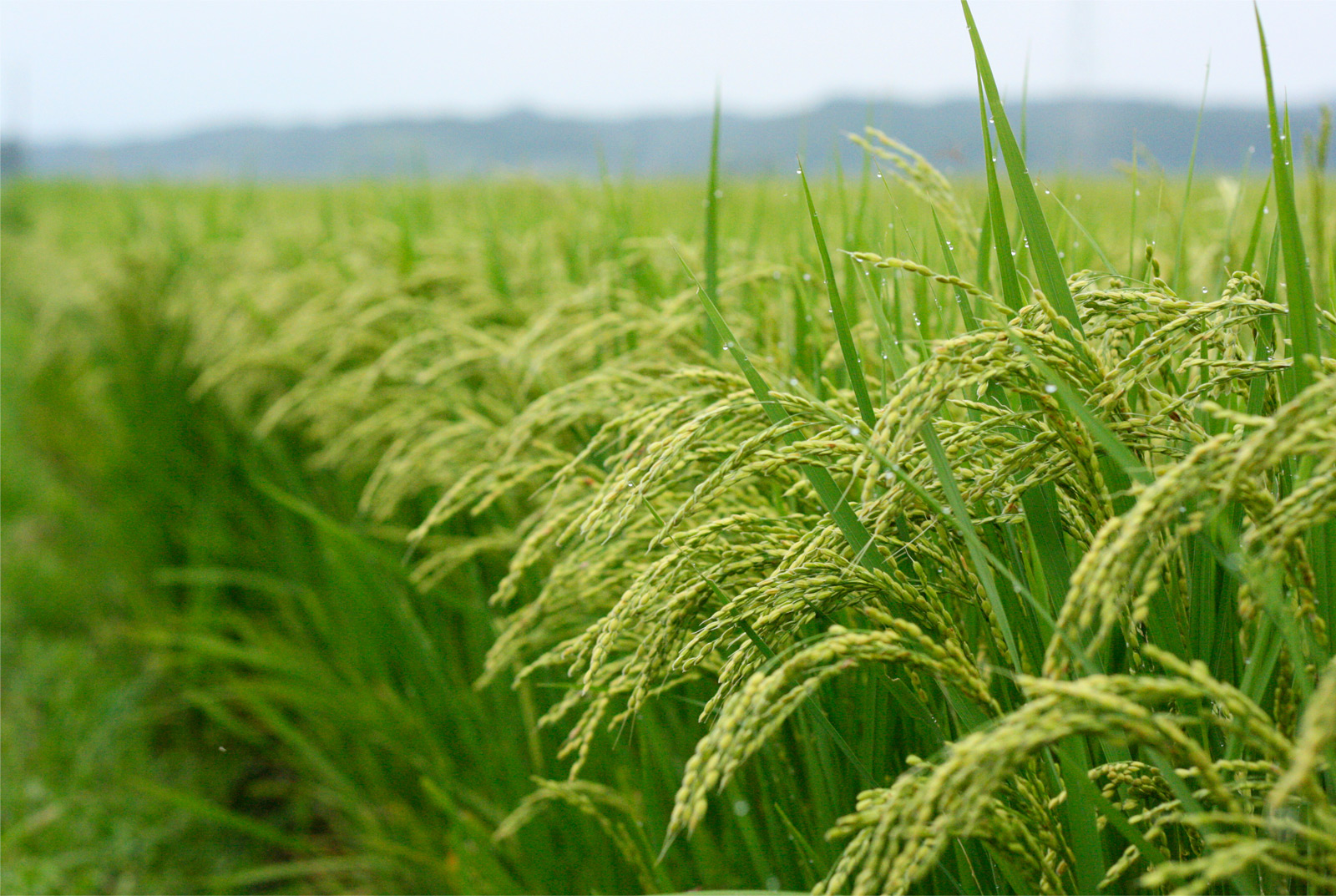Farming is facing changing demands. There is a continuous decline in per capita availability of land in the country, practically there is no scope for horizontal expansion of land for agriculture. Expansion is only possible by integrating farming components to ensure reasonable returns to farm families. Integrated farming (IF) has been advocated for harmonious use of inputs through integration of various available resources to make the agriculture productive, profitable and sustainable. In the process of technology transfer by the Krishi Vigyan Kendra (KVK) of West Bengal, a shift from the traditional model of farming to systemic and client-oriented IF has been developed at the farmers’ field in six agro-climatic zones of West Bengal, which are (i) northern hill zone, (ii) terai and teesta zone, (iii) old alluvial zone, (iv) new alluvial zone, (v) red and laterite zone and (vi) costal saline zone. Yet, adoption of IF remains low. Besides, there is neither a complete information on different models of IF, nor data on possible combination of different components with recycle mechanism for the reduction of cost of production within IF, economics of various IFs, infrastructure and support services availability, growth potential of sectoral activities, forward and backward linkages and marketing of produces across six agro-climatic regions of West Bengal. Hence, NABARD Kolkata approved a project entitled, ‘Formulation of Area Development Schemes and Development of Area-Specific Software Template for Model Integrated Farming across Six Agro-Climatic Regions of West Bengal’ (sanctioned no. No. NB.WBRO/736/FSDD-FSPF/ICAR-ATARI/2021-22 dated 19.08.2021) with a grant of Rs. 9.0 lakhs.
Objectives
- To explore technically feasible, economically viable, area-specific existing models of IF across six agro-climatic regions of West Bengal for preparing Area Development Schemes on IF.
- To develop Software Template for Model Integrated Farming (MIF) with unit cost, economics and financing plan across six agro-climatic regions of West Bengal.
Salient achievements of the project:

